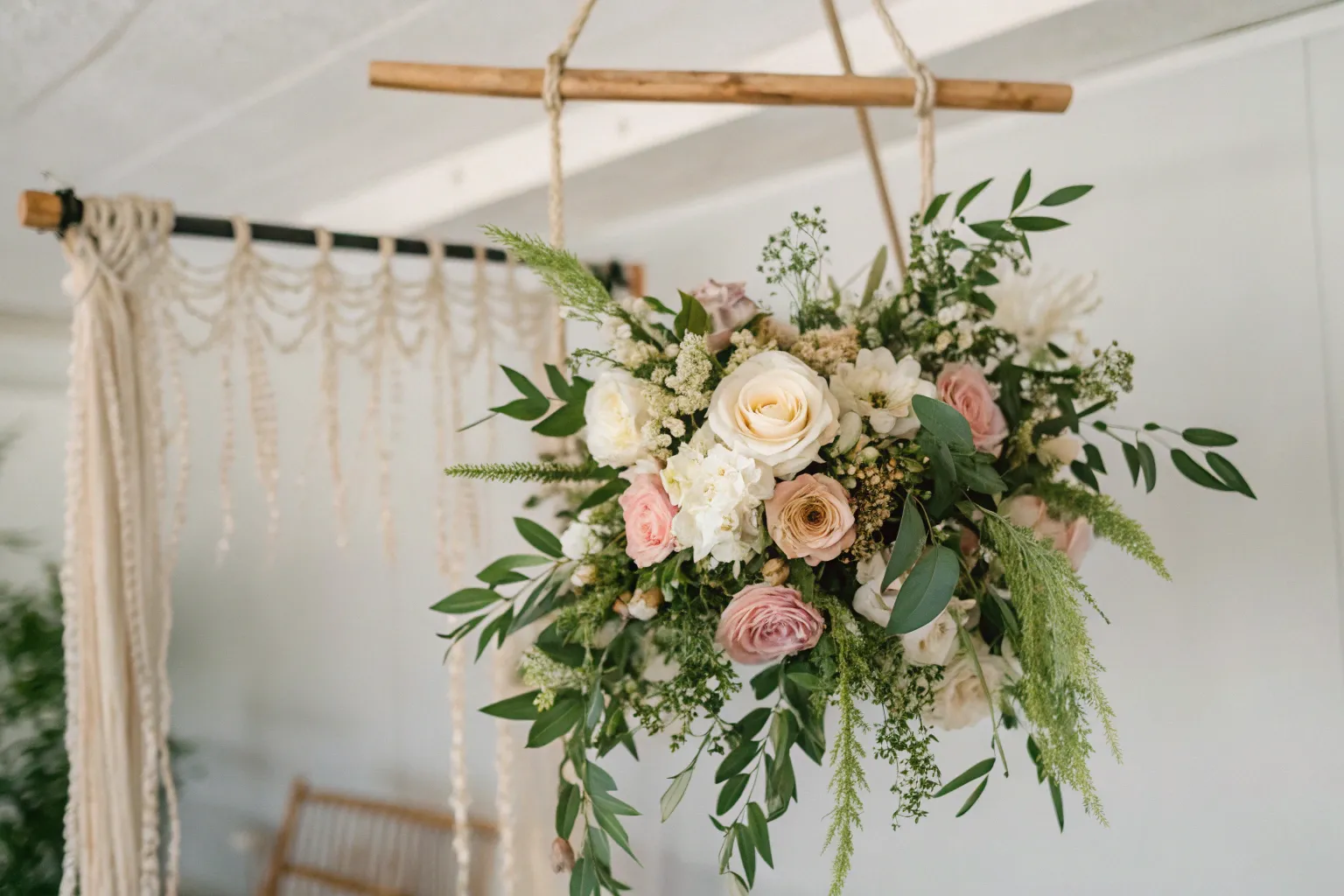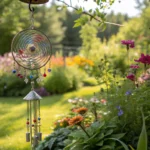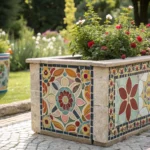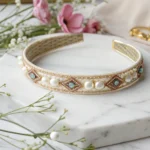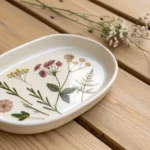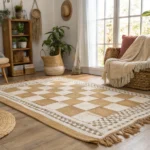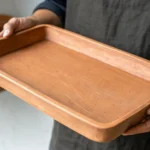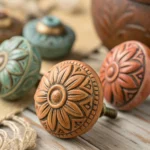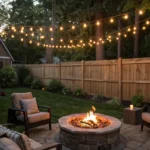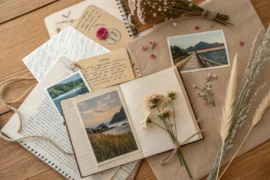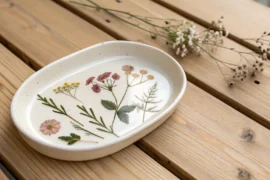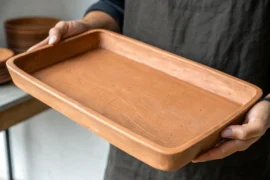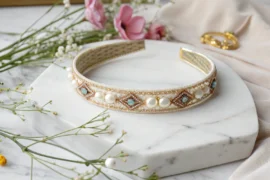Transform your next celebration into an unforgettable gathering with the magic of hanging flower arrangements. These suspended floral installations create stunning overhead displays that captivate guests and elevate any outdoor or indoor space from ordinary to extraordinary.
Why Hanging Flowers Create Unforgettable Moments
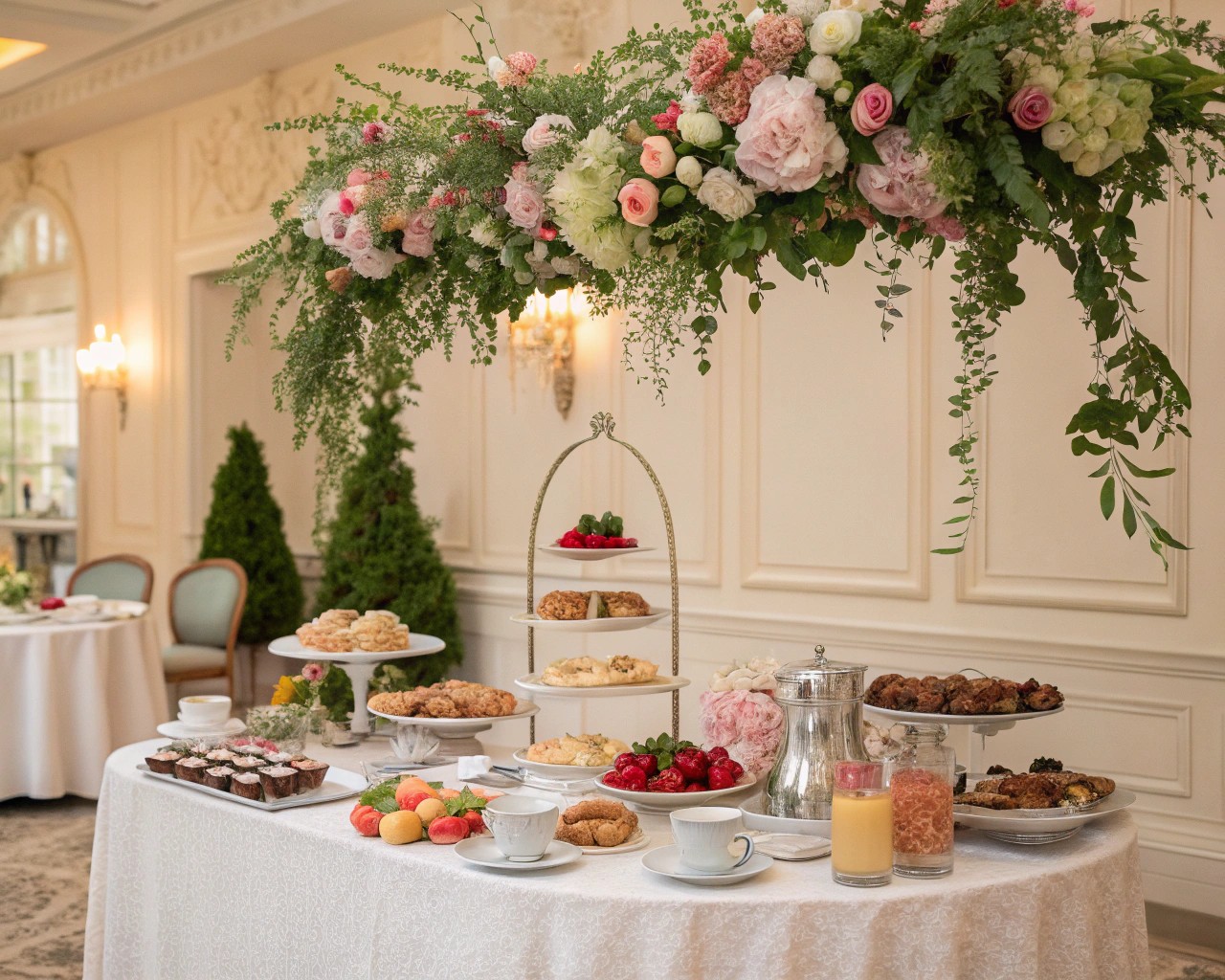
Hanging flower arrangements serve as natural conversation starters that draw the eye upward, creating depth and dimension in your party space. Unlike traditional centerpieces that guests view from a single angle, suspended installations can be appreciated from every direction, making them perfect for brunches where people mingle freely, birthday celebrations that call for photo-worthy backdrops, and backyard gatherings where you want to maximize visual impact without cluttering table surfaces.
The beauty of overhead florals lies in their ability to create an immersive environment. When guests walk beneath cascading blooms, they’re enveloped in natural beauty that transforms an ordinary space into something magical. This is particularly effective for outdoor events, where hanging arrangements help define your celebration area while complementing the natural surroundings.
Planning Your Hanging Flower Installation
Assess Your Space and Anchor Points
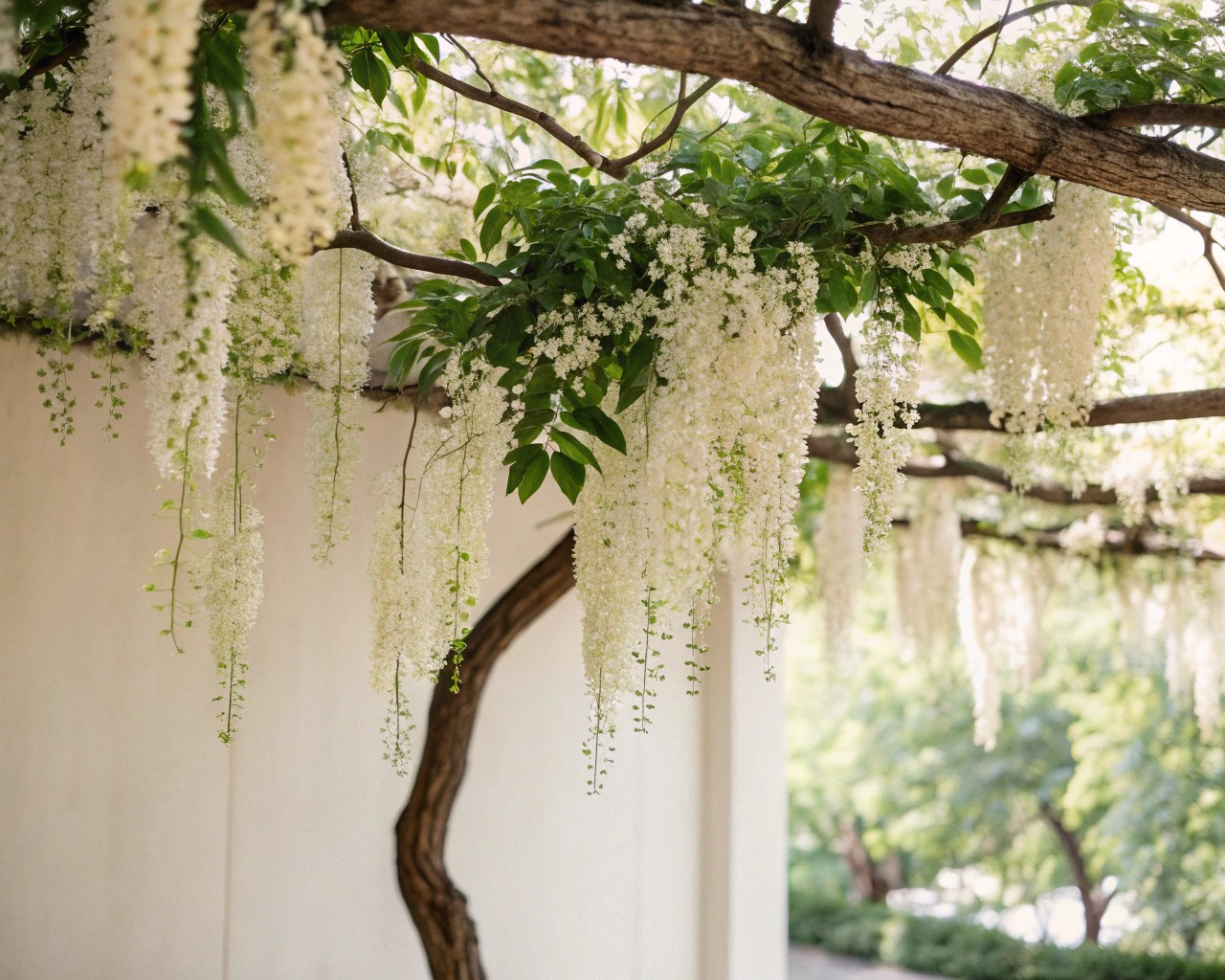
Before selecting flowers or gathering materials, evaluate your venue carefully. The success of any hanging arrangement depends entirely on secure anchor points. For outdoor spaces, sturdy tree branches, pergola beams, or installed ceiling hooks work beautifully. Indoor venues may offer ceiling joists, decorative beams, or existing light fixtures that can support your installation.
Key considerations include:
| Factor | Outdoor Spaces | Indoor Spaces |
|---|---|---|
| Weight capacity | Tree branches: 50+ lbs | Ceiling hooks: Check load rating |
| Height clearance | Minimum 7 feet for walkways | Account for head room and movement |
| Weather protection | Plan for wind and rain | Consider ventilation and lighting |
| Access for installation | Ladder or lift equipment | Step ladder typically sufficient |
Choosing the Right Season and Flowers
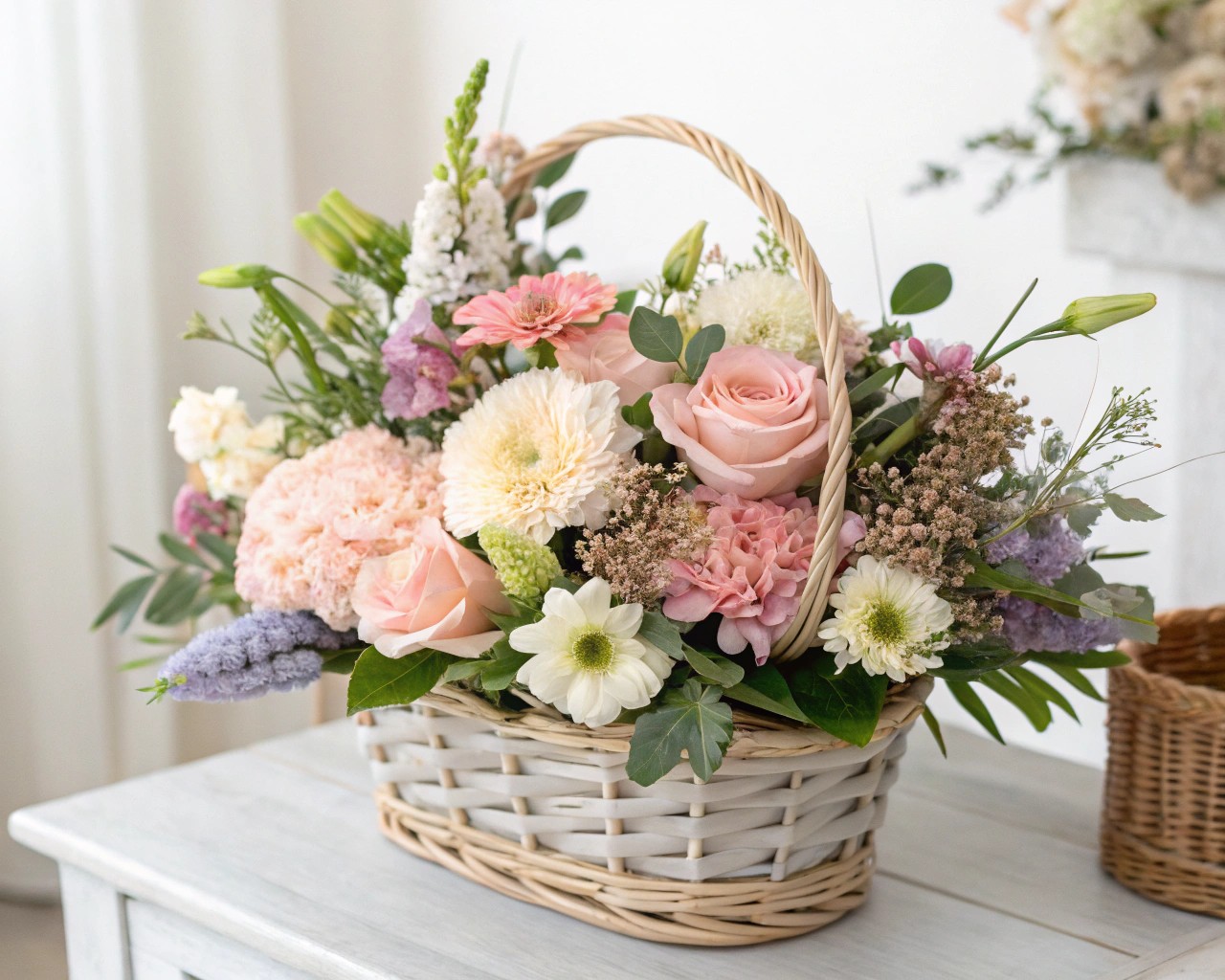
Selecting appropriate flowers based on your event timing ensures both visual impact and longevity. I’ve found that understanding seasonal availability not only saves money but guarantees the freshest, most vibrant blooms for your celebration.
Spring Arrangements (March-May)
Spring offers the most diverse palette for hanging installations. Tulips, daffodils, and hyacinths provide bold focal points, while cherry blossoms and lilacs add romantic fragrance. For hardy options that withstand outdoor conditions, consider peonies and ranunculus, which maintain their structure beautifully in suspended designs.
Summer Celebrations (June-August)
Summer’s heat requires strategic flower selection. Hardy varieties like dahlias, sunflowers, and zinnias thrive in warm conditions and provide excellent vase life. Hydrangeas work wonderfully for dramatic cloud-like installations, especially the smaller, more heat-tolerant green varieties. Gerbera daisies and alstroemeria offer vibrant colors that photograph beautifully against blue skies.
Fall and Winter Options
Chrysanthemums reign supreme for autumn celebrations, lasting up to four weeks with proper care. Their full, rounded blooms create stunning suspended displays. Winter arrangements benefit from incorporating evergreens, holly, and amaryllis for seasonal elegance.
Essential Materials and Tools
Creating professional-looking hanging arrangements requires the right foundation. Based on my experience with various installation types, here are the essential supplies you’ll need:
Basic Installation Framework
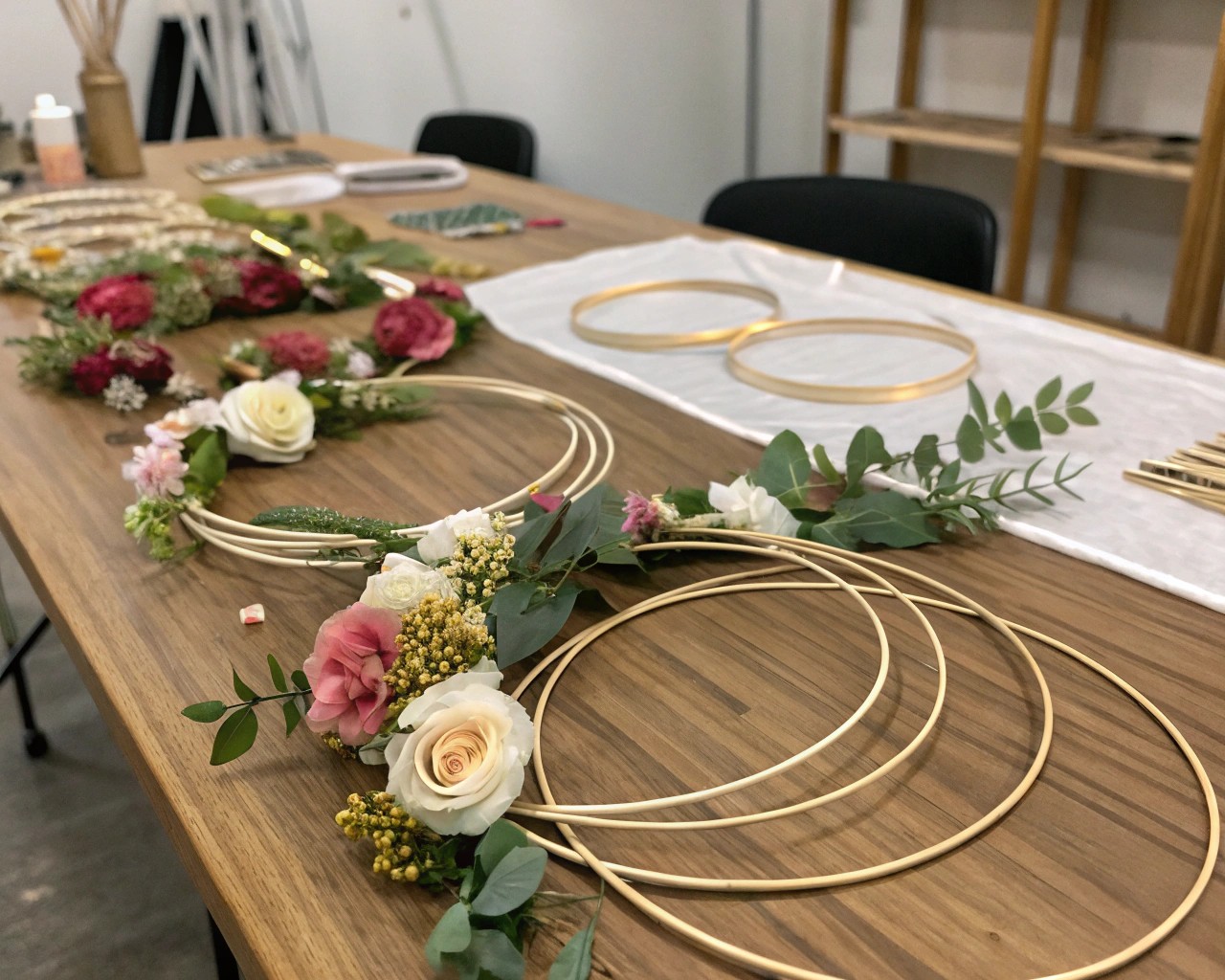
Structural Materials:
- Chicken wire (green-coated preferred): Creates flexible framework for flower insertion
- Floral hoops (19-24 inch diameter): Perfect for circular installations
- Wire wreath frames: Provide sturdy base for larger arrangements
- Pool noodles: Budget-friendly alternative for lightweight displays
Hanging Hardware:
- Heavy-duty rope or chains: Support substantial weight safely
- Carabiners and zip ties: Secure connections and adjustments
- Pulley systems: Essential for large installations requiring height adjustment
- S-hooks and ceiling anchors: Permanent or temporary mounting solutions
Floral Supplies and Tools
Processing and Design Tools:
- Sharp floral scissors or pruning shears: Clean cuts extend flower life
- Water tubes: Keep individual stems hydrated in foam-free designs
- Floral foam (optional): Traditional support method for beginners
- Floral wire and tape: Secure loose elements and create custom shapes
Conditioning Supplies:
- Flower food: Extends bloom life and promotes opening
- Clean buckets: Essential for proper hydration during construction
- Spray bottle: Maintains humidity during installation
- Sharp knife: Precision cutting for delicate stems
Step-by-Step Installation Guide
Method 1: The Classic Chicken Wire Cloud
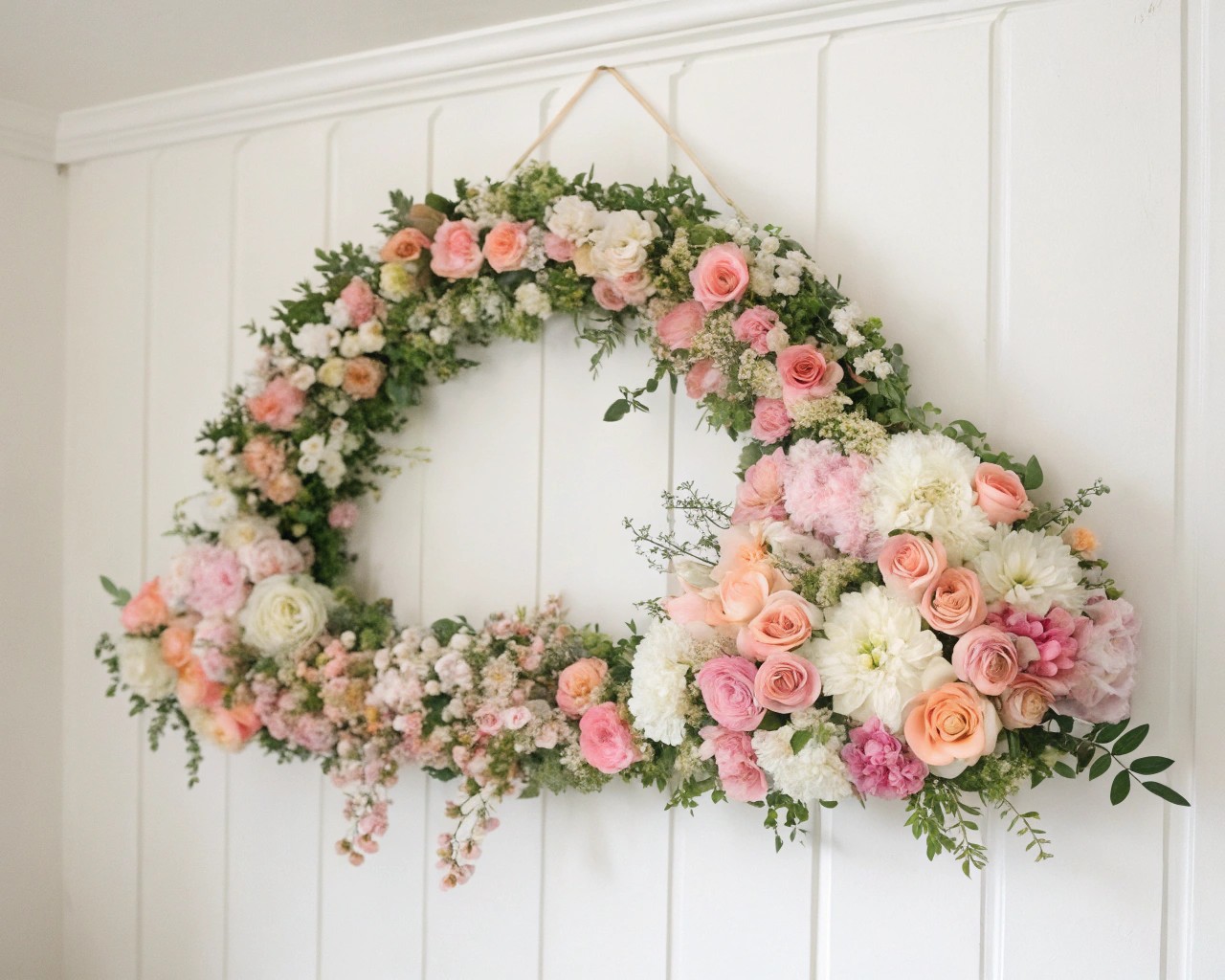
This versatile technique works beautifully for all three celebration types and accommodates various flower combinations.
Preparation Phase:
1. Cut chicken wire into a rectangle approximately 3 feet by 2 feet for medium installations
2. Layer multiple pieces for thickness—this creates the “grid” system that holds stems securely
3. Roll the wire lengthwise, forming a cylindrical shape, then compress into a cloud-like ball
4. Secure the edges with zip ties, spacing them 3-4 inches apart
Framework Assembly:
1. Create anchor points by installing pulley systems or direct hanging hardware
2. Attach strong rope or chain to your chicken wire structure, ensuring weight distribution
3. Test the hanging system before adding flowers—safety is paramount
4. Position at desired height, remembering that flowers will add visual weight
Flower Installation:
1. Begin with greenery to establish your basic shape and hide the wire framework
2. Insert larger focal flowers (roses, peonies, dahlias) first, varying angles for natural movement
3. Fill gaps with medium-sized blooms, working from all sides for even coverage
4. Add trailing elements like ivy or cascading flowers last for dramatic effect
Method 2: The Elegant Floral Hoop
Perfect for brunches and intimate birthday celebrations, hoops create sophisticated circular installations that photograph beautifully.
Construction Steps:
1. Secure floral foam to hoop using floral tape, or opt for foam-free methods using chicken wire inserts
2. Create hanging points using three evenly spaced rope attachments
3. Establish your base coverage with sturdy greenery like salal or eucalyptus
4. Layer flowers by size, starting with largest blooms as anchor points
5. Build texture by varying flower heights and angles throughout the hoop
Pro Installation Tips:
- Work at table height using adjustable hanging systems, then raise to final position
- Keep one section lighter if the hoop will hang against a wall
- Add finishing touches only after hanging to ensure proper balance
Method 3: The Linear Garland Installation
Ideal for backyard parties where you want to define spaces or create overhead “rooms” for different activities.
Design Process:
1. Measure your installation area and plan rope placement between anchor points
2. Create manageable sections (6-8 feet each) that can be connected on-site
3. Build each section using the chicken wire method, but shape into elongated forms
4. Install rope infrastructure first, ensuring proper tension and safety
5. Attach garland sections, adjusting height and spacing as needed
Safety Considerations and Installation Best Practices
Never compromise on safety when creating overhead installations. I cannot stress enough how critical proper planning and execution are for guest safety and event success.
Structural Safety Requirements
Weight Calculations:
Fresh flower installations can weigh 15-50 pounds depending on size and flower density. Always verify that your anchor points can support at least twice the expected weight to account for safety margins and weather conditions like rain that add additional weight.
Installation Safety:
- Never work alone when installing overhead elements
- Use proper ladder safety: maintain three points of contact, ensure stable footing
- Have someone spot you during installation and provide tools as needed
- Test all connections before adding flowers and again before the event
Weather and Environmental Factors
Outdoor Considerations:
Outdoor installations face unique challenges that indoor arrangements don’t encounter. Wind can cause swaying that stresses connection points, while rain adds significant weight and can damage delicate blooms. Plan for these conditions by:
- Choosing hardy flower varieties that withstand wind movement
- Installing windbreaks or positioning arrangements in naturally protected areas
- Having contingency plans for severe weather, including quick removal procedures
- Using weather-resistant hanging hardware designed for outdoor use
Indoor Installation Safety:
- Ensure adequate ventilation around large floral installations
- Keep arrangements clear of fire safety equipment and exit routes
- Check that hanging elements don’t interfere with sprinkler systems or smoke detectors
- Consider the visual impact on lighting and room functionality
Foam-Free and Sustainable Approaches
Modern floral design increasingly embraces environmentally conscious methods that eliminate floral foam while creating equally stunning results.
Alternative Support Systems
Willow Branch Framework:
Create completely compostable support using flexible willow branches woven into ball shapes. This technique works exceptionally well for organic, garden-style arrangements and costs significantly less than traditional foam methods.
Water Tube Systems:
Individual water tubes provide targeted hydration for each stem while eliminating foam waste. This method offers superior flower longevity and allows for easy stem replacement during multi-day events.
Natural Moss Integration:
Spanish moss or sheet moss can conceal mechanical elements while adding organic texture. This approach works beautifully for rustic outdoor celebrations and provides natural humidity around flower stems.
Sustainable Flower Selection
When possible, source flowers locally to reduce transportation impact and ensure peak freshness. Many American flower farms now offer seasonal subscription services that provide the freshest blooms while supporting local agriculture.
Consider incorporating:
- Native wildflowers and grasses for authentic regional character
- Garden herbs like lavender, rosemary, and mint for natural fragrance
- Branches from fruit trees or flowering shrubs from your own property
- Dried elements that can be composted after the event
Flower Combinations for Different Celebrations
Brunch Elegance: Soft and Sophisticated
Brunch celebrations call for arrangements that feel fresh and welcoming without overwhelming conversation. I recommend color palettes that complement morning light and food presentation.
Classic Brunch Palette:
Combine white hydrangeas as your base with blush garden roses, white lisianthus, and trailing jasmine or sweet pea vines. Add texture with eucalyptus or dusty miller foliage. This combination photographs beautifully in natural light and provides gentle fragrance that won’t compete with food aromas.
Citrus-Inspired Design:
Incorporate actual citrus elements alongside florals for a fresh, edible aesthetic. Use lemon branches with white roses, orange ranunculus, and yellow tulips or daffodils depending on season. This approach adds interactive elements that guests remember long after the event.
Birthday Celebrations: Bold and Joyful
Birthday parties encourage more dramatic color choices and playful elements that create excitement and photo opportunities.
Vibrant Summer Combinations:
Layer hot pink dahlias with orange marigolds, purple asters, and yellow sunflowers for maximum impact. Balance bold flowers with plenty of green foliage to prevent color overwhelm. This palette works especially well for milestone birthdays and outdoor summer celebrations.
Romantic Garden Party Style:
Combine peonies in multiple pink tones with white roses, purple delphinium, and cascading trails of ivy or jasmine. Add fairy lights woven through the arrangement for evening celebrations. This creates an Instagram-worthy backdrop that guests will use throughout the event.
Backyard Bliss: Relaxed and Natural
Backyard gatherings benefit from arrangements that feel organic and complement outdoor surroundings while providing structure to casual spaces.
Wildflower Meadow Effect:
Mix cosmos, zinnias, black-eyed Susans, and queen Anne’s lace for an authentic American wildflower look. Vary stem heights dramatically and include plenty of native grasses for movement and texture. This style works beautifully for casual summer gatherings and harvest celebrations.
Herb Garden Integration:
Combine flowering herbs like lavender, rosemary flowers, and sage blooms with traditional flowers. This creates multi-sensory experiences while providing conversation starters about gardening and cooking. Include varieties like flowering basil, oregano, and thyme for unexpected beauty and fragrance.
Timing and Logistics for Success
Successful hanging installations require careful timing to ensure peak freshness during your event while managing the complex logistics of overhead construction.
Pre-Event Timeline
One Week Before:
- Confirm all structural elements and hanging hardware
- Order flowers, accounting for potential weather delays
- Prepare all mechanical components (wire structures, rope, hardware)
- Test installation procedures with practice setup if possible
2-3 Days Before:
- Condition flowers properly using flower food and cool storage
- Begin construction of wire frameworks and support systems
- Prepare water tubes or foam elements for quick assembly
- Confirm installation crew and equipment availability
Day of Event:
- Install structural elements first, before adding any floral material
- Add flowers in stages, starting with longest-lasting varieties
- Complete installation 2-4 hours before guests arrive for optimal freshness
- Have spray bottles and backup flowers available for touch-ups
Managing Installation Day
Crew Requirements:
Never attempt large installations alone. Plan for at least two people for safety and efficiency, with three or four for complex designs. Designate one person as the safety supervisor who manages ladder placement and tool handling while others focus on creative assembly.
Weather Contingencies:
Outdoor events require flexible backup plans. High winds may necessitate lowering installations or moving them to protected areas. Have tarps or pop-up tents available to protect flowers during setup, and consider delayed installation if weather threatens the event timeline.
Maintenance and Longevity Tips
Extending the life of your hanging arrangements ensures they remain beautiful throughout your entire celebration and potentially beyond.
Hydration Strategies
Outdoor Installations:
Monitor arrangements regularly, especially in hot weather where flowers consume water rapidly. Use spray bottles for fine misting without disrupting delicate petals, and consider installing drip irrigation systems for multi-day events.
Signs to Watch:
Wilting edges, color fade, and drooping stems indicate water stress. Address these issues immediately by adjusting water sources or relocating arrangements to shadier positions during peak heat hours.
Post-Event Care
Many hanging arrangements can transition beautifully to indoor displays after outdoor events. Remove them carefully and trim stems for vase arrangements, or allow certain flowers to air-dry for lasting decorative elements.
Consider gifting smaller sections to guests as take-home mementos, or photograph the arrangements professionally before dismantling to preserve memories of your successful celebration.
Troubleshooting Common Challenges
Even well-planned installations can encounter unexpected issues. Here’s how to address the most common problems:
Structural Issues
Sagging or Uneven Hanging:
This usually indicates improper weight distribution or inadequate anchor points. Redistribute flowers to balance the load, or add additional support points. Never ignore structural problems, as they compromise both safety and aesthetics.
Weather Damage:
Strong winds can tangle delicate elements or break connections. Create quick-release mechanisms that allow temporary removal during severe weather, and have backup flowers available for post-storm repairs.
Floral Problems
Premature Wilting:
Often caused by inadequate hydration or extreme temperature exposure. Move arrangements to shadier locations during peak heat, increase misting frequency, and ensure all water sources remain full.
Color Fading:
Direct sunlight can bleach delicate petals. Plan installation locations with morning sun and afternoon shade when possible, or choose naturally sun-tolerant varieties for full-exposure locations.
Creating hanging flower moments transforms ordinary celebrations into extraordinary memories. Whether you’re hosting an intimate brunch, celebrating a milestone birthday, or gathering friends in your backyard, suspended floral installations provide the perfect combination of natural beauty and dramatic impact. With proper planning, attention to safety, and creative flower selection, your overhead arrangements will become the centerpiece that guests remember and photograph long after the last toast is made.
The key to success lies in matching your installation to your space, selecting appropriate flowers for your season and conditions, and never compromising on structural safety. Start with simpler designs to build confidence, then expand to more complex installations as your skills develop. Most importantly, embrace the creative process and allow your personal style to guide your choices—the best hanging arrangements reflect the unique personality of their creators and the joy of the celebrations they enhance.

